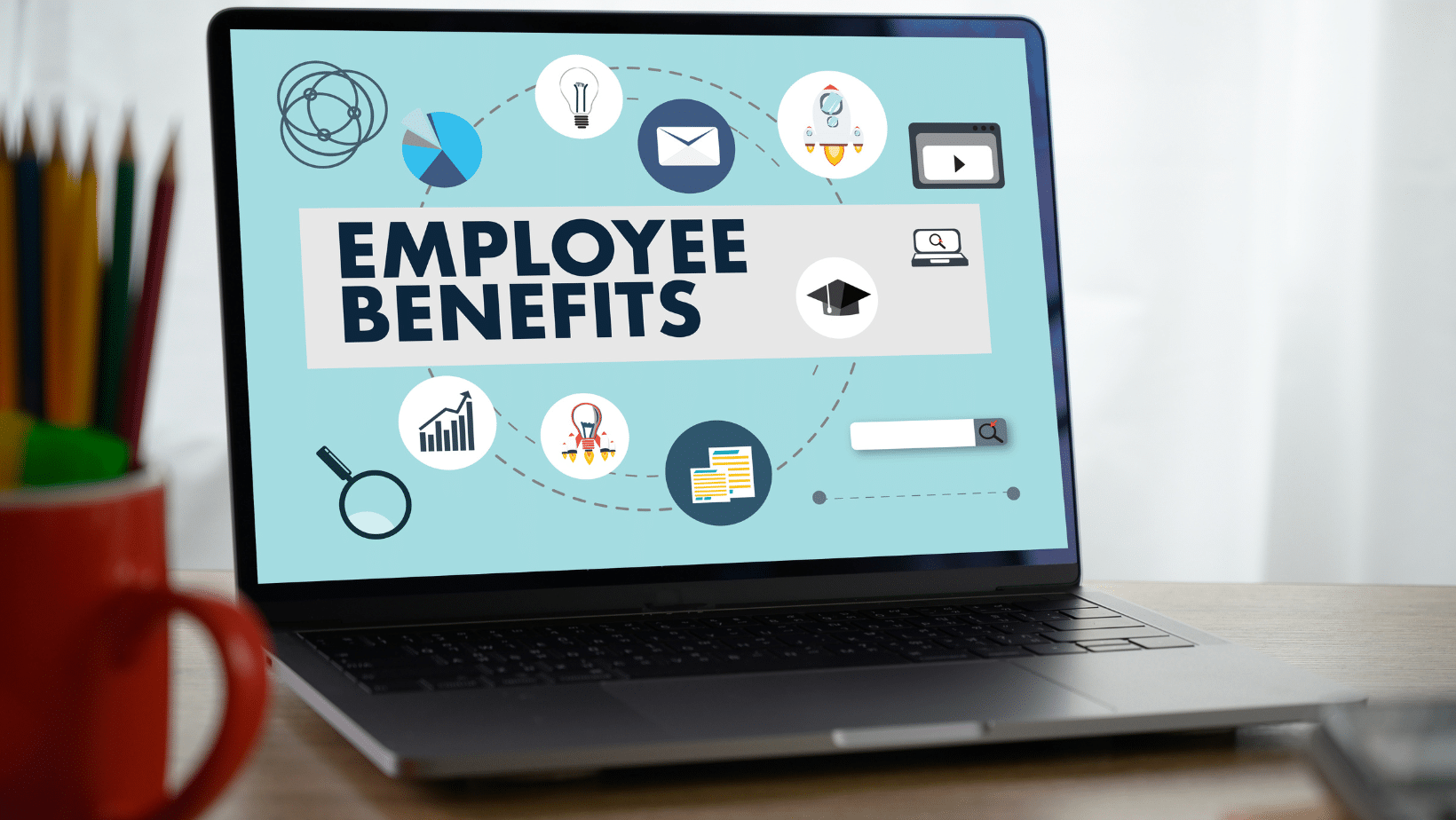The Paycheck Protection Program (PPP loan) pumped $525 billion in forgivable loans to small businesses from early April through early August. The program has been praised for saving jobs and buoying struggling businesses but criticized for its clumsy rollout, fraud, and for favoring companies with established banking relationships over underbanked ventures.
In a recent report, the Government Accountability Office urged the Small Business Administration to identify and respond to multiple PPP risks among other recommendations for other agencies to improve the government’s response to the pandemic.
One reason the PPP was so attractive to borrowers was the potential to turn loans into grants. For that to happen, each borrower needed to complete a forgiveness application and submit it to their lender, who would work with them to make it stronger. In a study reported by Politico on September 19th, the agency had received “96,000 forgiveness applications– representing fewer than 2 percent of the total loans– but has not approved or denied any of them.”
Because of the PPP’s changing rules, there’s confusion around the forgiveness process, says Brian Pifer, vice president of entrepreneurship at advocacy group Small Business Majority, which has about 65,000 members in its network. Multiple trade groups are supporting two bipartisan bills that would forgive PPP loans under $150,000 once the borrower completes a one-page form, according to the American Bankers Association. There’s also broad support to relaunch PPP, though the Brookings Institution is suggesting tax credits would be more effective, Bloomberg News reported.
What should a business owner keep in mind about the forgiveness process? We spoke to Chris Levy, a senior vice president at Pursuit, a community development financial institution which has funded over 7,000 PPP loans totaling nearly $500 million to businesses in New York, New Jersey, and Pennsylvania. Its median loan size was about $20,000. Levy says his institution got money to “the smallest of the small businesses out there–the ones that were really struggling.”
Levy listed a few pieces of advice for small business owners to keep in mind:
- You Have Some Time. Borrowers understandably are eager to complete the forgiveness application and put the PPP loan behind them, says Levy. You can apply for loan forgiveness as soon as your lender starts accepting forgiveness applications. But you should wait because Congress will likely pass legislation that will make the forgiveness process easier, he says, including automatic forgiveness for PPP loans of $150,000 or less.
While some lenders are accepting applications, Pursuit and many others aren’t yet. “The main reason we’re waiting is because we don’t feel like it’s appropriate not only for us to waste our time but for our borrowers to waste their time going through a super detailed forgiveness application that is only going to get easier,” says Levy.
- Review the rules and basics. You can get loan forgiveness on what you spend on payroll, rent, and other eligible expenses during the so-called covered period—the 24-week period beginning the day you receive the funds from your PPP loan. The rules have changed significantly as PPP has evolved: The minimum amount that must be spent on payroll is 60% (originally it was 75%). You can spend up to 40% on non-payroll costs such as rent, utilities and mortgage interest. The loan maturity is now five years; it used to be two years.
Once the 24-week period ends, you have 10 months to submit your forgiveness application to your lender, according to this FAQ from the SBA. You don’t need to make any payments until the SBA makes a decision. If only a portion of the loan is forgiven, or if the forgiveness application is denied, the balance due on the loan must be repaid by the borrower on or before the maturity date of the loan.
- Chew on this scenario. A business owner who received a PPP loan in April is allowed to wait until December to apply through their lender for forgiveness. The SBA might not make a determination until February. The borrower would not make any payments during that 10-month period. “The deferment period is essentially undefined and will not be defined until the SBA makes a determination,” says Levy. “It allows borrowers more time.”
- Stay Calm. “The one thing we’ve found throughout this whole process—the more patience you have, the better the rules get for you,” says Levy. Keep payroll records as you normally do and communicate regularly with your lender, he says. He urges business owners not to drive themselves crazy. The 3508 EZ form simplifies the rules and should work for almost everyone, Levy says. “It’s really made it that much easier for everyone to obtain full forgiveness. The forgiveness documentation is the same documentation that they had to use when they initially applied, he says. “If they got the loan in the first place, they’ll be able to get forgiveness.
While the coronavirus has put a detrimental strain on many businesses, small businesses have been struggling a great deal. For any small business owners out there, stay calm, educate yourself on the situation and remain positive. The PPP loan has helped so many small businesses stay afloat during this economic crisis. If you have any questions on your small business or its financial situation, we’d be happy to chat. Please reach out to us at info@shermanwealth.com and refer to our other blogs for further resources.







